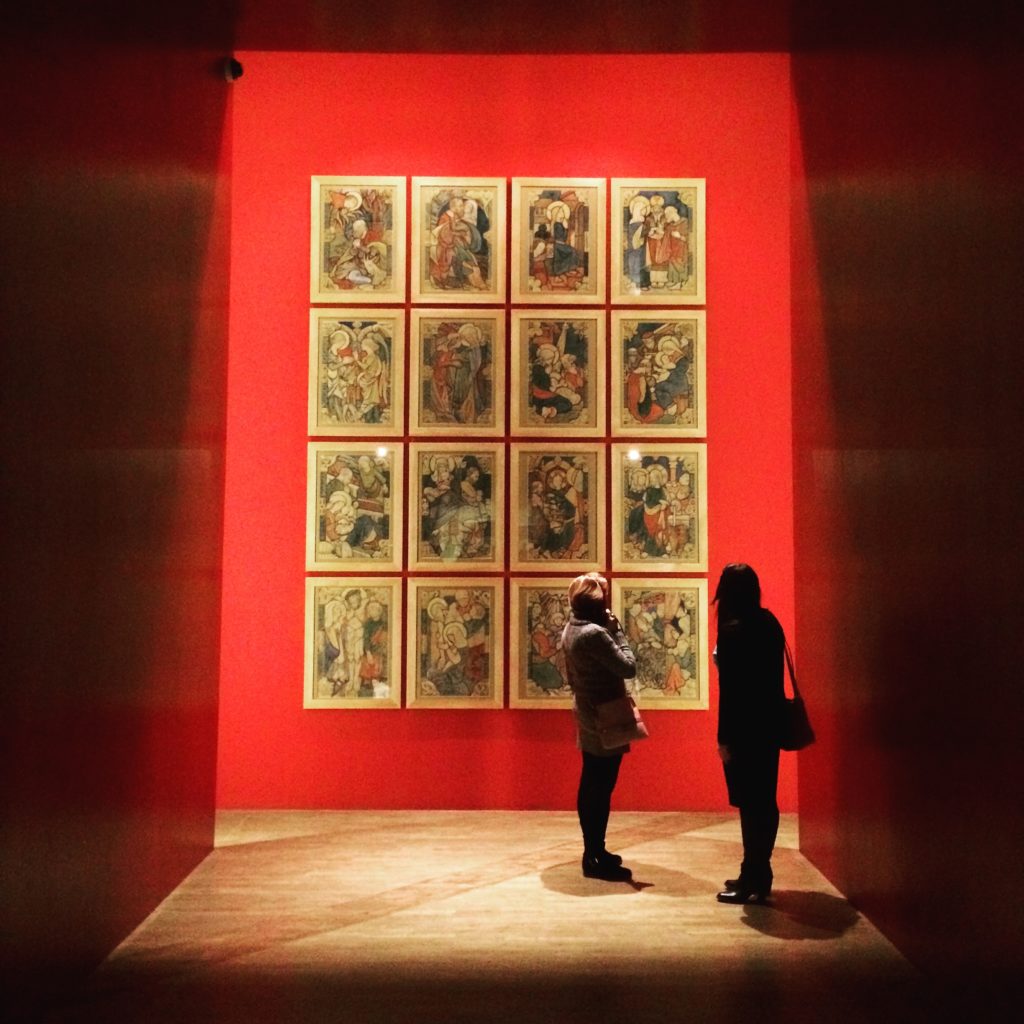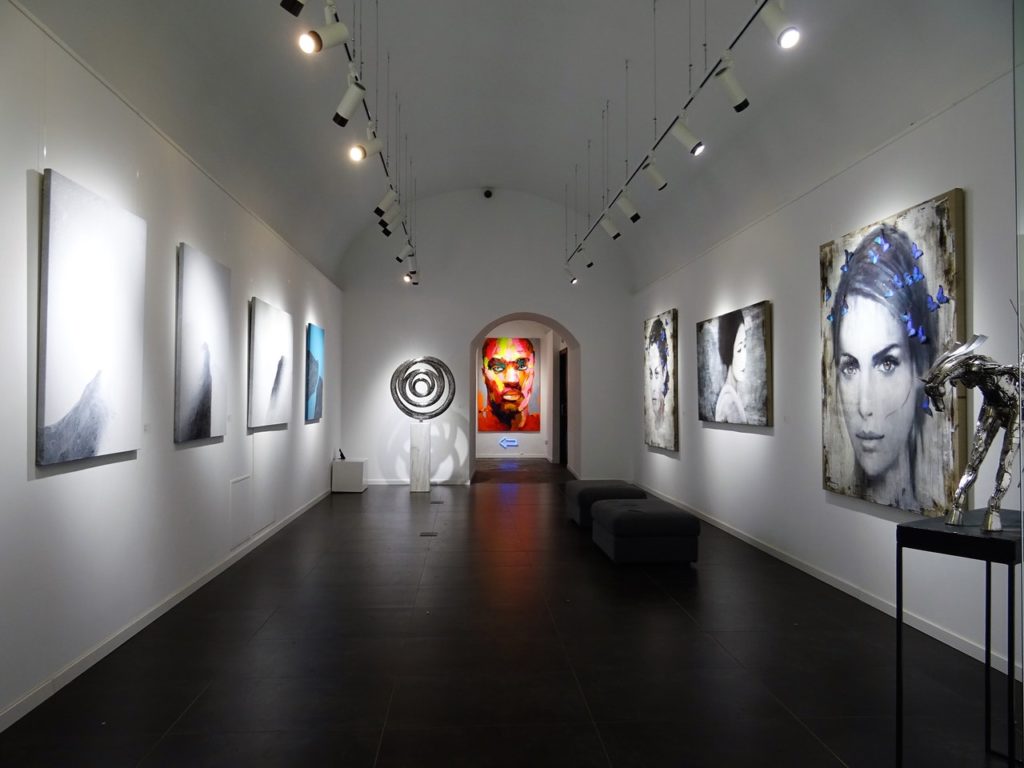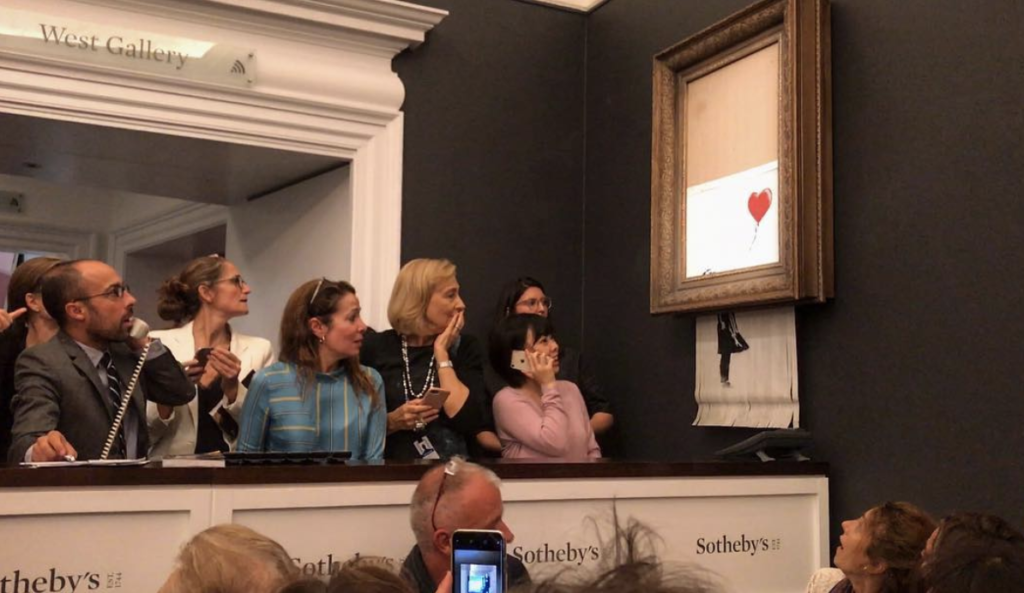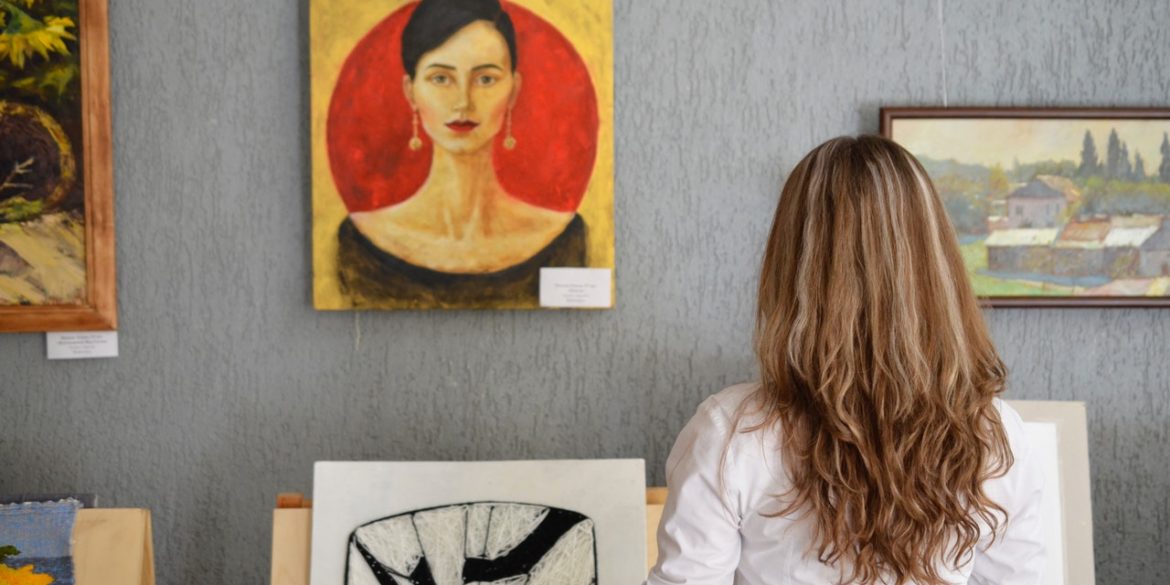Sotheby’s Art Auction, London, 2018. Art collectors from around the world have spent the evening buying hundreds of millions of dollars in art. As the day comes to a close, there is only one piece of art left to sell. An authenticated print of one artist’s most famous work. Curators estimated that the piece had been increasing in value every year by about 20% since its creation. The painting is revealed, the bidding begins…
Art is beautiful, complex, exciting, and a highly lucrative investment—for people willing to pay. How does one get started making their way onto the art investing scene? What does it take?
First, is it even worth it?
You bet it is. According to Bloomberg, art has averaged 8.9% annual returns since the year 2000. If you bought a piece of art for $30,000 in 2000, it may be worth over $150,000 today. That’s not bad.
Before you head off to the gallery, though, there are some important things to consider. Financial returns this big do not happen by chance. Here are some tips to help get you started.
1. Art is like an angry lover
Unpredictable, hard to understand, and difficult to get rid of. When it comes to liquidity, art can be extremely hard to sell and the market requires significant study to understand. Even then, it is still highly unpredictable at times, not to mention unregulated. An unknown artist ten years ago may be worth millions today and then back down to nothing in fifteen years. If you pass a piece on to your children, it may pick up value again during their lifetime, or maybe not. If you want to get into art investing, you have to accept that you will likely lose out more than once.
On the plus side, art is the only investment endeavor where you can at least decorate your house with your financial losses. Real advice, make sure to buy a piece you like.

2. Do your homework
This is the best way to mitigate the risk of art’s unique market. Read up on the artists. Do their pieces have cultural or historical significance? Has the artist been featured in other reputable galleries? What do other collectors and curators think of the work? What about its authenticity?
Luckily, researching art can make for a nice night out. The easiest way to get in on the art scene is to visit a gallery and meet some curators or even the artists themselves. Talk with them and learn about the art world over drinks. It is much more interesting than researching online and can prove more valuable, too.
3. Invest in something else first
Art investing has a high barrier of entry. Most pieces that are worth investing in start selling for $20,000 at minimum. A price like this proves that the artist has—or is promisingly building—a reputation. Anything below that is a high-risk purchase because the odds of an artist becoming known are so slim. The top 25 artists in the world sell for well over 15 million USD. Most other artists worth investing in are not too far behind.
Because the market is unique and the required capital is high, art investing is not the wisest choice for the first time investor. It is smarter to start out in something more transparent and less risky. After you have built up a decent capital, can afford to put money away for the long game, and have learned how to read market trends, come back to the gallery and try applying your now veteran investing skills to the art world.

…The bidding for the last piece of art at Sotheby’s draws to a close with a European woman winning the painting at 1.02 million pounds (about 1.24 million USD). As soon as the auction hammer falls, however, something strange happens.
The painting self-destructs, the canvas sliding through a shredder hidden in the bottom of the frame. Ribbons of the ruined painting fall on the floor to the horror and shock of everyone in attendance. Banksy’s million-dollar piece, Girl with Balloon, is in tatters seconds after purchase—all according to its creator’s fiendish plan. The art world had been “Banksy-ed,” as one collector that night put it.
The buyer, however, may be the one to have the last laugh. The shredded scraps that she chose to keep possession of, affectionately re-named to Love is in the Bin, were immediately estimated by experts to be worth 2 million pounds.
And that is how the art market works.



